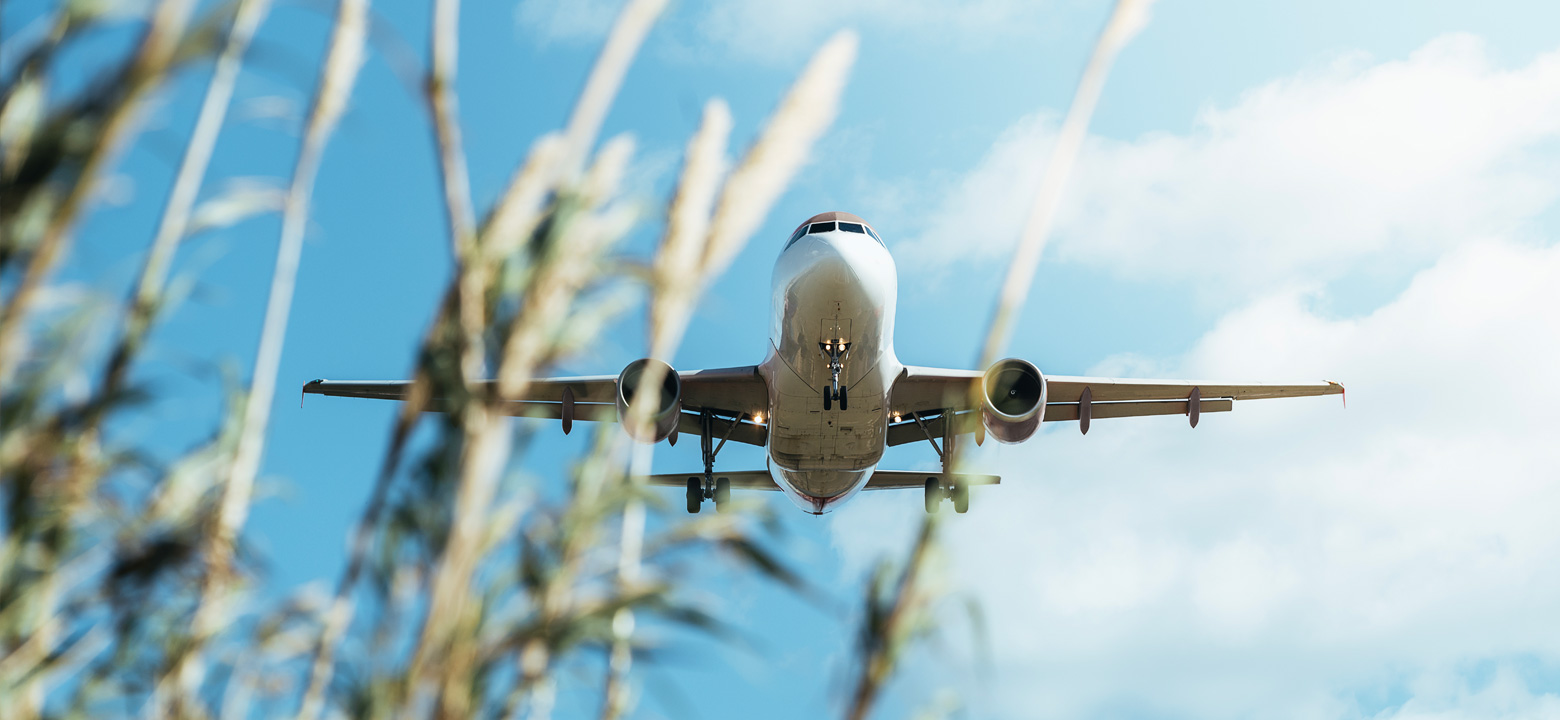
Flying is the fastest way to transport goods and people around the world, but its speed and convenience comes at a tremendous environmental cost. The aviation industry is responsible for about 2% of all human emissions around the world, and 12% of transport-related carbon emissions. For the average individual, flying in a plane is the most emission-intensive single activity they will ever engage in.
Fortunately, the aviation industry recognizes this and is working to turn things around. New aviation fuels and carbon reduction schemes aim to slash aviation emissions.
At the moment, conventional aviation is not sustainable, meaning that it can't continue as it is indefinitely. It relies on non-renewable fossil fuels and produces large amounts of pollution that contribute to climate change. Sustainable aviation is an attempt to change all of this by switching to sustainable aviation fuels (SAFs) and developing new ways to reduce or offset carbon emissions.
Sustainable aviation fuels are made from biological materials, like used cooking oil, municipal waste, yard waste, or woody pulp. The use of SAFs alone can cut carbon emissions by as much as 80%.
All forms of combustion release CO2 into the atmosphere. When planes use SAF, they release much less CO2 than they do with conventional jet fuel. The production of SAFs also help remove carbon from the atmosphere. As plants grow, they consume CO2 to produce the sugars they need to live. They are then turned into SAFs, which can be used or blended with conventional jet fuel.
Hydrogen is emerging as another possible sustainable fuel. It produces no carbon emissions, and can be created using renewable energy sources. Hydrogen comes from splitting water into its component gases using electricity. If this electricity comes from wind or solar power, it can create a sustainable, completely carbon-free fuel source.
The Carbon Offsetting and Reduction Scheme for International Aviation (CORSIA) is another measure, in combination with new technology standards and SAFs, to reduce the environmental impact of aviation. The goal of the aviation industry is to reach carbon-neutral growth, and this scheme is designed to address any increases in emissions over 2020 levels. In any year where emissions are greater than they were in 2020, the sector is required to offset the difference.
Right now, options for sustainable flights are limited. Passengers can calculate the carbon emissions from their flights and purchase offsets on their own, but there aren't any truly carbon-neutral alternatives available yet. As more airlines adopt SAFs, this will change.
Sustainable aviation might change the way planes look in the future, too. As electric automobiles increase in popularity, innovations in that sector drive innovations in the aviation industry. New batteries for electric vehicles present a potential path for fully electric planes. At the moment, weight is the prohibiting factor—a plane needs about 50kg of batteries for every 1kg of fuel, and have to be able to carry that weight over the course of an entire flight. Improvements in battery weight and density could be the way forward for completely sustainable aviation.
Several airlines are making a commitment to sustainability. United Airlines is leading the charge with the launch of its Eco-skies Alliance program. This allows other global corporations to contribute to the purchase of sustainable aviation fuels in order to reduce their aviation-related environmental impact. This year, they will purchase roughly 3.4 million gallons of SAF—enough to fly passengers for 220 million miles.
NetJets, a private aviation company, acquired a stake in WasteFuel, a company which creates sustainable aviation fuel using landfill waste. NetJets will also purchase 100 million gallons of SAF over the next ten years, the largest use of SAF in private aviation.
Companies like GE Aviation tackle sustainability in other ways. Their efforts to improve engine efficiency and reduce weight have already dramatically reduced aircraft emissions compared to the 1970s and 80s. In addition to investing in efforts to produce sustainable fuels and lower-emission planes, they're continuing to cut aviation emissions by improving engine fuel efficiency.
Aviation produces a lot of carbon emissions, but is also a vital force in travel and transport. Without a viable alternative, sustainable fuels, electric planes, and carbon offsets represent the best way forward.